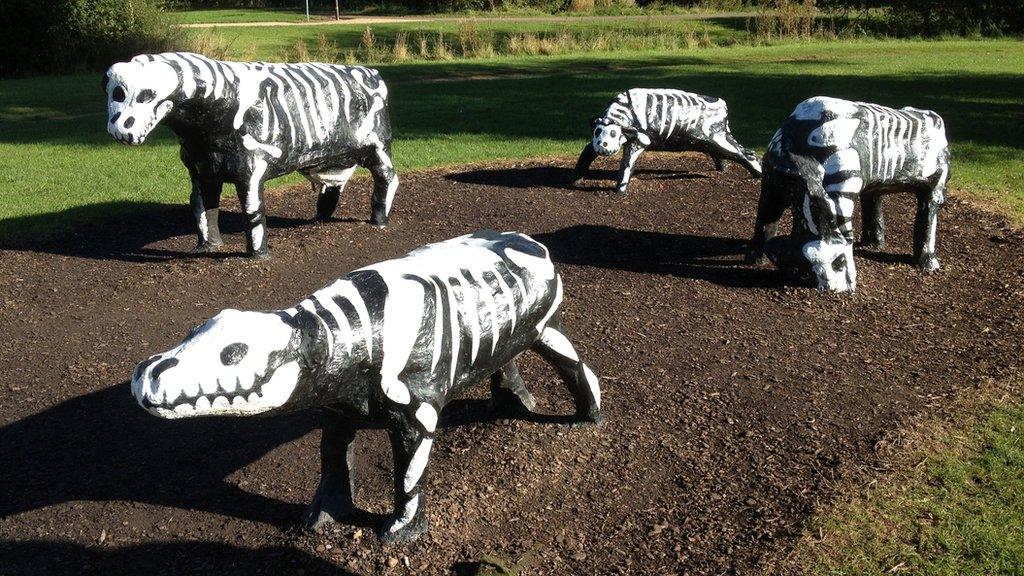Milton Keynes at 50: Success town has 'nothing to be ashamed of'
- Published
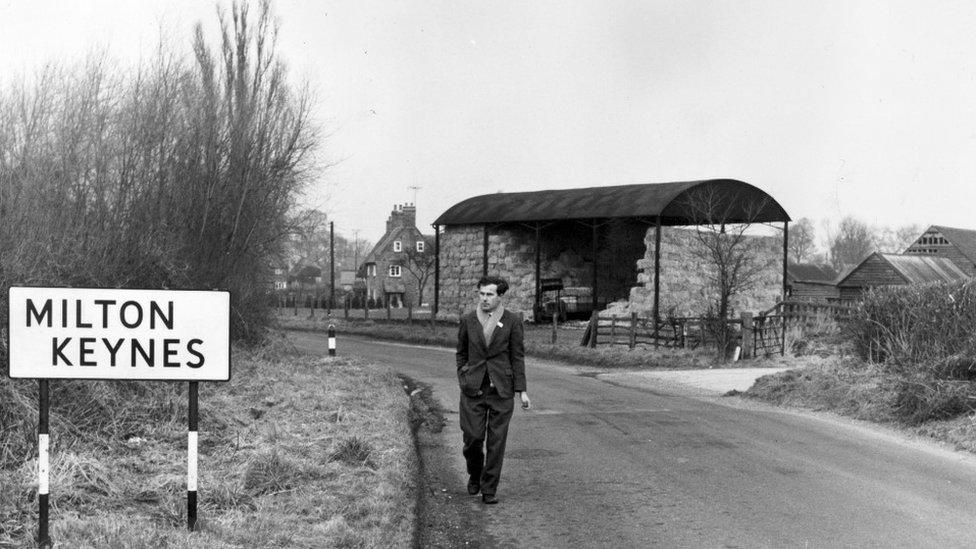
Five decades on from plans being approved for a new town, Milton Keynes has become home to more than 10,000 businesses and is used as a model for cities across the world
In January 1967 plans for a new town were given the go-ahead and soon a quiet Buckinghamshire village became the vast development of Milton Keynes. Fifty years on, what do people living in one of the UK's best-known "new towns" think of it?
When then housing minister Anthony Greenwood granted permission to transform 8,850 hectares of villages and farmland into a town of 250,000 people, little did he know the part concrete cows would play in its story.
The vision for Milton Keynes was grand in scale - part of the third and final phase of the government's plans to relocate populations following World War Two.
Almost inevitably, a small art project created some 10 years later became the focal point for a sceptical national media.
But five decades on, Milton Keynes has become home to more than 10,000 businesses and is used as a model for new towns across the world.

Celebrations to mark the 50th birthday and demonstrate the town's plans for the future will kick off on 10 January
Though sometimes mocked for those cows and its proliferation of roundabouts, Milton Keynes has "nothing to be ashamed of", according to its deputy mayor David Hopkins.
Mr Hopkins was one of the town's 40,000 original residents when he relocated from rural Buckinghamshire with his parents, who he admits were initially "horrified" at the concept of the new town.

What has MK done for us?
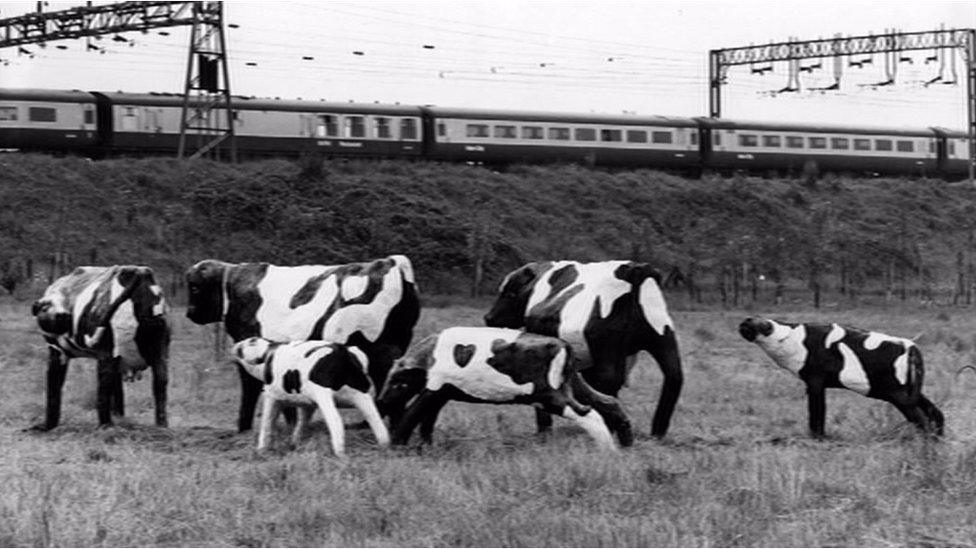
The cows have become closely associated with the identity of Milton Keynes
The Concrete Cows sculptures, created by Canadian artist Liz Leyh in 1978, are famous far beyond their home town
The Marshall amplifier, the first choice of many of the top rock bands around the world, was developed by Jim Marshall and the company is based in Milton Keynes
The Open University, the distance-learning pioneer, was set up in 1965 and is based in the town
It might have been years before the new town existed but Bletchley Park - in the town of Bletchley, which became part of Milton Keynes - was the home of British codebreaking during World War Two and is now a museum

Like most other residents they came to love it because, Mr Hopkins says, Milton Keynes is "the place to be".
"We're the place where people want to come and live, and we're the place with an identity all of its own - it's much more than concrete cows and roundabouts," he says.
"We've moved from being a rural part of North Buckinghamshire to one of the most successful economies and one of the most successful cities in the UK over the last 50 years - it's never the same two days running so why would I want to live anywhere else?"
Mr Hopkins likens growing up in a new town to going on a cruise.
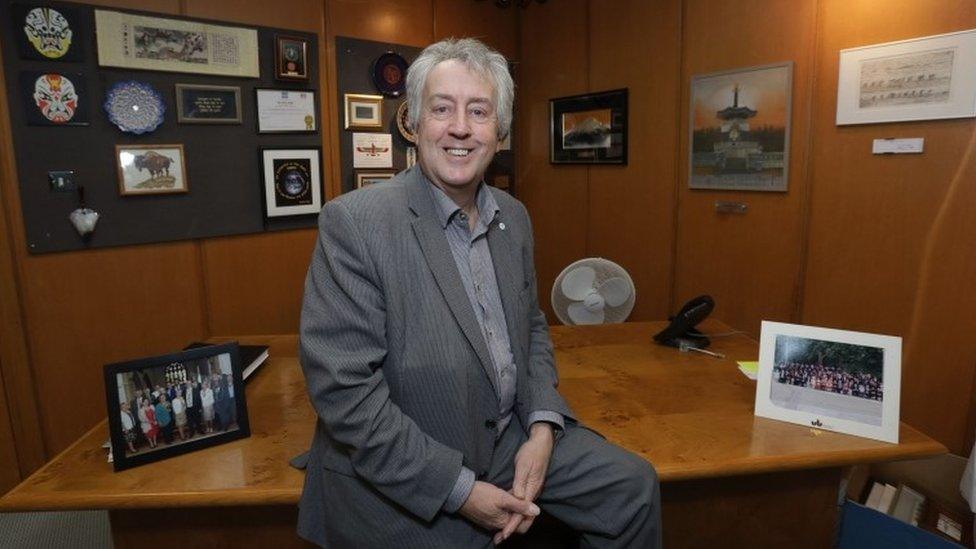
Councillor David Hopkins, deputy mayor of Milton Keynes, says the town has "nothing to be ashamed of"
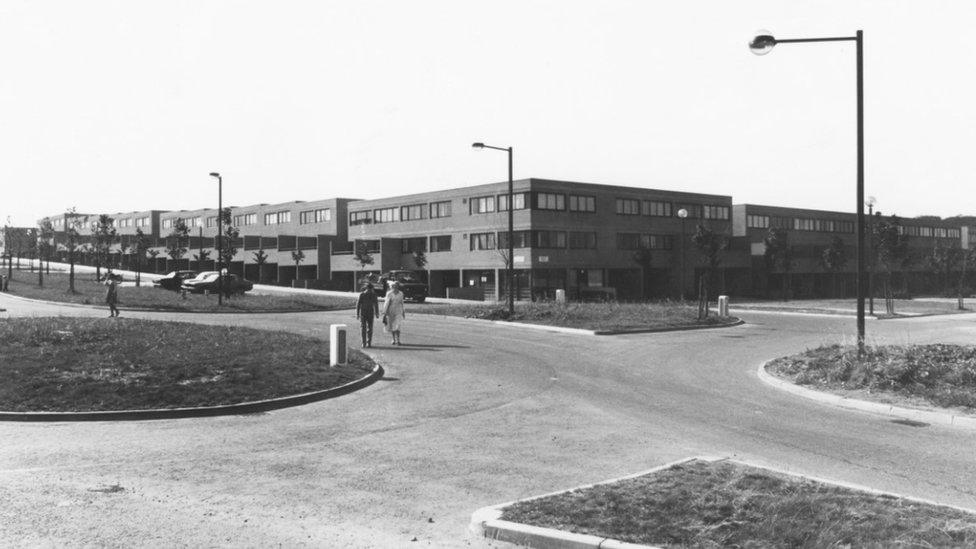
A street in Milton Keynes under construction in October 1978
"You take your cabin with you but you go to a different destination every day, every week. Milton Keynes has been a bit like that because we're moving to different destinations through every decade in the last 50 years," he says.
Council leader Pete Marland has an even grander analogy. He believes the town's inhabitants were similar to US residents who first went over the Appalachian Mountains with entrepreneurial ambition.
"[They thought] 'I'll go to Milton Keynes and I'll have a better life for myself', and I think that's really transferred to the new generation of people," says Mr Marland.
While he does not believe another new town on the scale of Milton Keynes will ever be constructed in England again, Mr Marland hopes the next 50 years will see Milton Keynes transform from a "plan into a place".
"One of the greatest potentials that we have in Milton Keynes is that we have no undergraduate university, and that's a huge opportunity... in the centre of Milton Keynes," he adds.
The town is also hoping to become the European City of Culture in 2023, something deputy mayor Mr Hopkins is confident can be achieved.

MK at 50
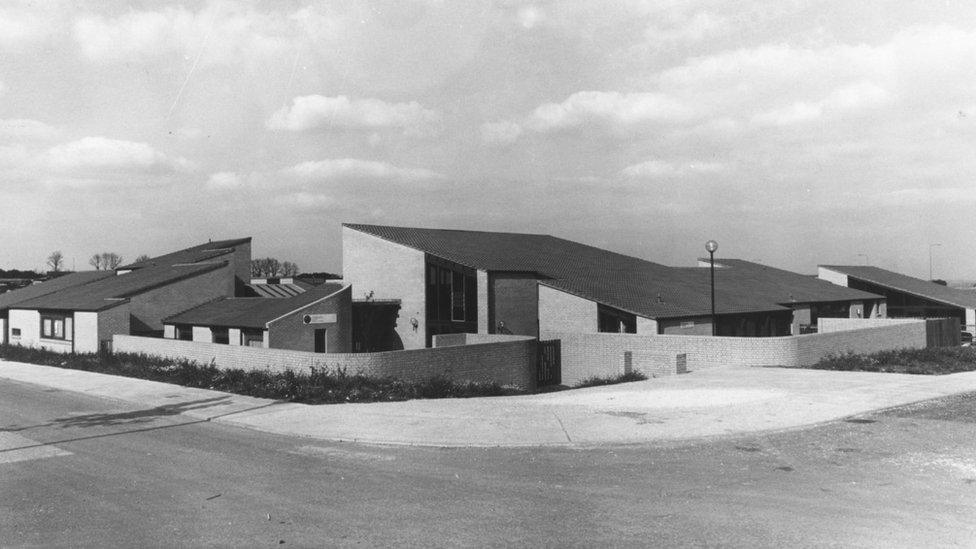
A housing estate in Milton Keynes photographed in 1978
119 square miles: The total area covered by Milton Keynes - 40% of which is green space
300,000: The number of people expected to live in the town by 2026, according to Office for National Statistics estimates
100: Number of languages spoken in the town's schools
220: The number of works of public art on display in Milton Keynes
65,000: The number of people that can fit inside the National Bowl in the town

In 2013 Milton Keynes had a population of 255,700 - 43,000 more than 12 years before, according to official statistics. The 20.2% growth was far higher than the average of 8.9% for England.
But the town slipped 40 places in a ranking of the best places to live in the country published by uSwitch in 2015.
It placed the town 97th out of 138 UK regions, praising its good employment rates and incomes, but noting that the cost of living was "very high".
Despite that, Jim Murray, 62, says he "wouldn't want to live anywhere else".
Mr Murray, an environmental health enforcement officer, says: "I love the landscape, the planning applications that have gone into it, the layout, the parks, the trees, everything really."
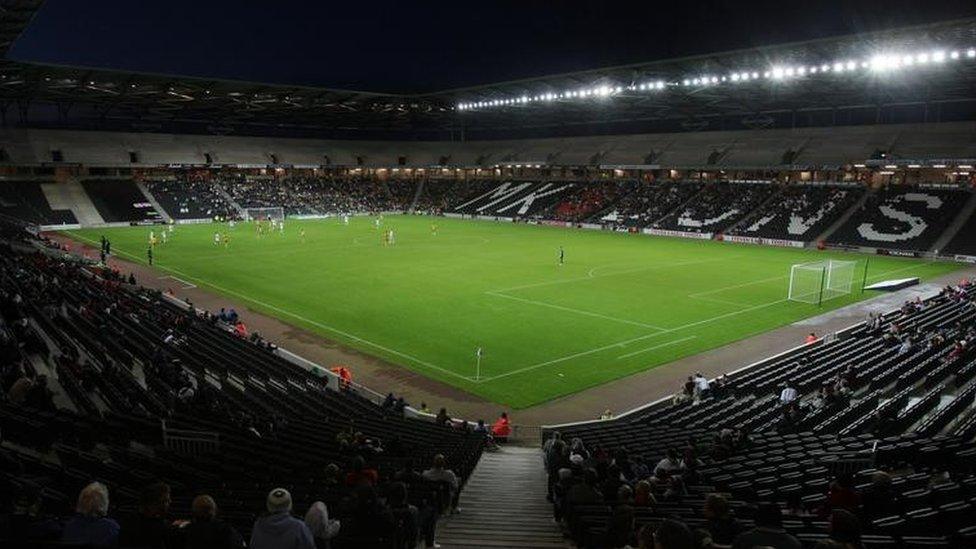
Milton Keynes is also the home of MK Dons, formed in 2004 after Wimbledon relocated to the town
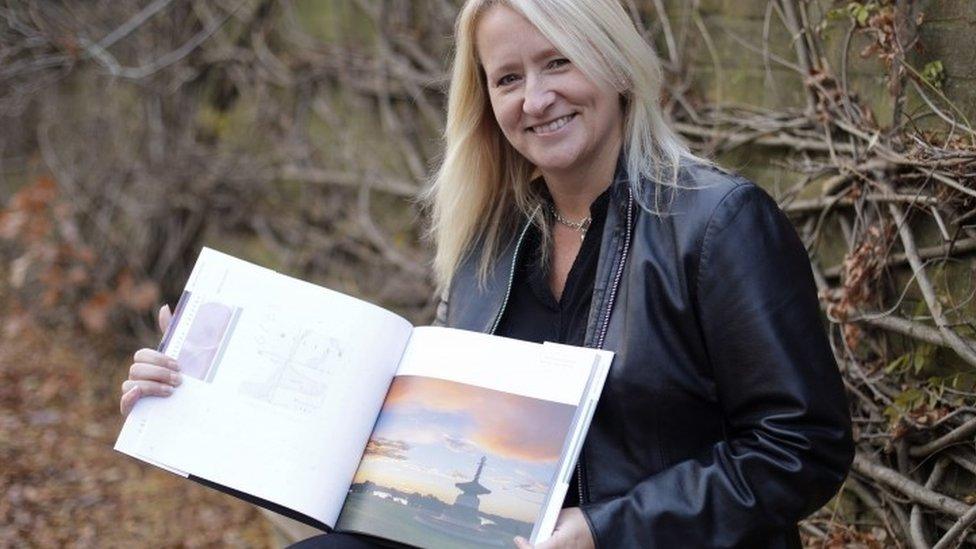
Gill Prince, who has produced a photography art book to mark the town's anniversary
His passion for the town is shared by photographer Gill Prince, who has lived there for 25 years.
The 49-year-old has produced a photography art book to mark the town's anniversary - titled Unexpected:MK - featuring landscapes from around the city.
"I know how fantastic Milton Keynes is, I know how many beautiful places there are, but even people who live here don't always know about them," Ms Prince says.
"It's a fabulous place - all the lakes and the parks - there are just so many things to do and part of what I wanted to achieve as a photographer was to demonstrate those to other people so that they could see and maybe go there.
"I really don't want to live anywhere else. I love being here and I love everything its got."
Celebrations to mark the 50th birthday and demonstrate the town's plans for the future will kick off on 10 January with an exhibition that tells the story of Milton Keynes' development.
Related topics
- Published24 April 2013
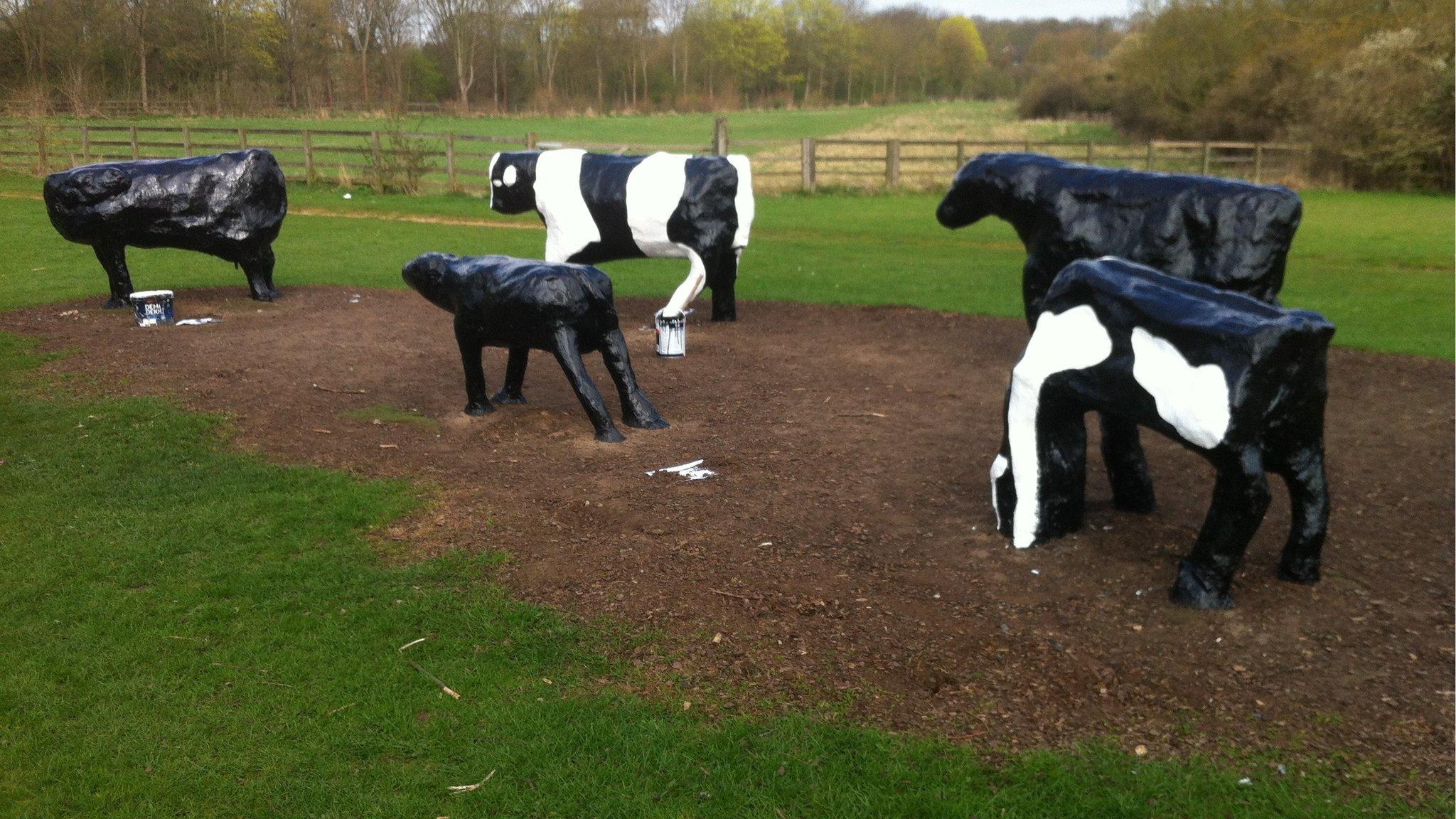
- Published14 October 2012
